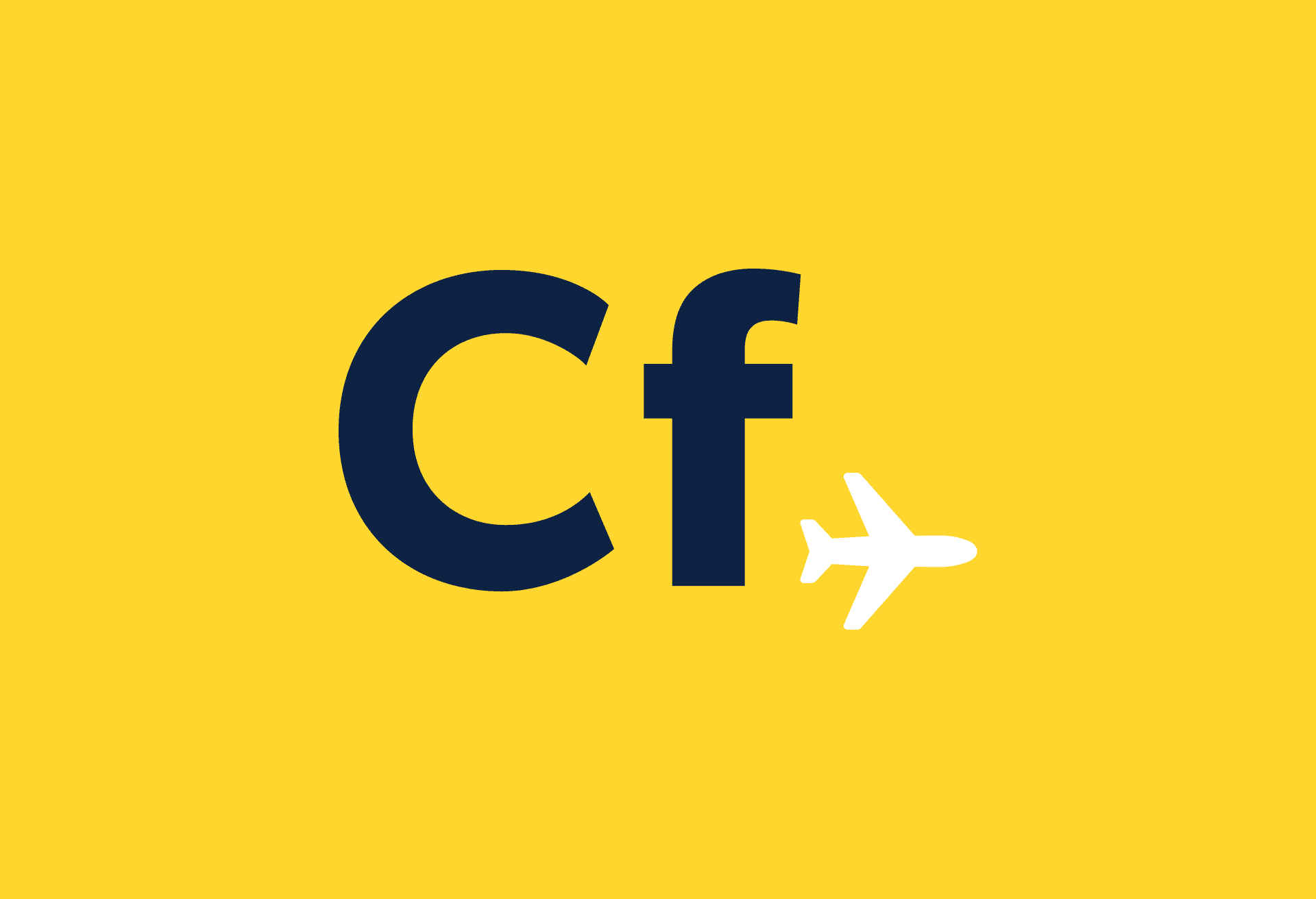With 1.2 million people flooding New Orleans for Mardi Gras celebrations (that’s 3.5 times the population of NOLA), planning for the Big Easy can be anything but. To say it’s high season for tourism is the understatement of the last four centuries. Jacked-up hotel prices, restaurants booked up months in advance, the unmistakable scent of beignets and booze spilled on street corners… in the words of Rachel Green, it’s just such a magical time.
But anyone who’s experienced the electricity buzzing through the French Quarter come February IRL will tell you just how magical it truly is. A larger-than-life week of crawfish boils, concerts, costumes and krewes snaking through the city—and of course some of the wildest, tell-your-kids-about-it-someday parties you’ll ever attend—make Mardi Gras in New Orleans a bucket-list experience on par with Thailand’s full moon parties and hiking Machu Picchu.
From the beads to the booze to the budget, here are five stages of planning the ultimate Mardi Gras trip.
“For the love of king cake and jambalaya, do I hostel or hotel?”
Otherwise known as the debate that’ll ruin a friendship in a Mardi Gras minute. Not only are prices more bloated than a belly full of dollar drafts, but most hotels and B&Bs require a four-day minimum stay — and they fill up fast. Plan well ahead if you prefer the boutique hotel route, or embrace the NOLA madness and rough it in a bunk bed-filled hostel sharing a kitchenette with a stranger who smells like a reheated oyster po’boy and has been drinking hurricanes since sunup. Basically, real-deal Mardi Gras is not the kind of trip you want to show up to on a whim—save the spontaneity for a weekend in the Adirondacks.
“To plan the crew or to plan the krewe?”
Or what we like to call “squad goin’ up on a [Fat] Tuesday.” What may seem like kaleidoscopic chaos is actually a year’s worth of planning, parade routes and police (a LOT of police), with each parade-organizing “krewe” following a specific costume scheme and parade route. There are different rules, dress codes and registration deadlines for each, so be sure to check ahead if there’s a specific parade you’d like to float on (cue the Modest Mouse). Some of the older, more traditional krewes are closed to the public, whereas others are much more of a come-one-come-all kind of affair.
“Gods of the Dirty South, please guide me towards the best bar.”
As anyone who ever marathoned “The Real World: New Orleans” will tell you, not all bars in the Big Easy were created equal. Bourbon Street is notorious for drunken debauchery, and the French Quarter is an adults-only zone with so much to see, whether you want to or not. From street performances to centuries-old bars, the only way to go wrong is to stay in one place for too long.
For those looking to relive their college days, The Boot is a bar worthy of frat lore — think 50-cent rail drinks, dollar drafts and a whole lot of table dancing as a result. (It’s also the kind of place your boots make a cartoonish sticking sound when they peel up from the floorboards, but that’s kind of why you came, right?). Or make your way to Tujague’s, the second-oldest bar in New Orleans, for Cajun food, cocktails and old-school kitsch.
No matter where you’re headed, pick your meeting place in advance, and make sure every member of your crew/krewe has a map with it circled.
“Where does one find a suitable ceramic jester mask?”
Plan to be fully bedecked in paraphernalia tossed from parade floats by the end of the day, but it goes without saying that to show up to a Mardi Gras parade without a costume is like showing up to Hogwarts without your robes. Order a costume or mask online before you head to the airport, or head to Magazine Street if you’d prefer the more classic purple, green and gold regalia.
“Okay, can somebody get me a Mardi Gras glossary?”
We don’t blame you—Mardi Gras regulars can sound like they’re speaking in tongues. Here’s a beginner’s guide to prepare you for what’s to come:
Zulu coconuts: Painted, glittery orbs handed out by krewes on parade floats. Everyone wants to catch these.
Doubloons: Purple, green and gold aluminium coins tossed during parades. Don’t bend down to grab these if you want to return with fingers intact— step on it and wait until the crowds part to pick it up.
Flambeaux: Fiery torches that light the way for parade-goers during nighttime festivities.
King cake: A colorful, circular cake with a doll baked inside. Whoever finds the doll is crowned “king” and has to buy the next round. We’re sold.
Main image: iStock.com/franckreporter


